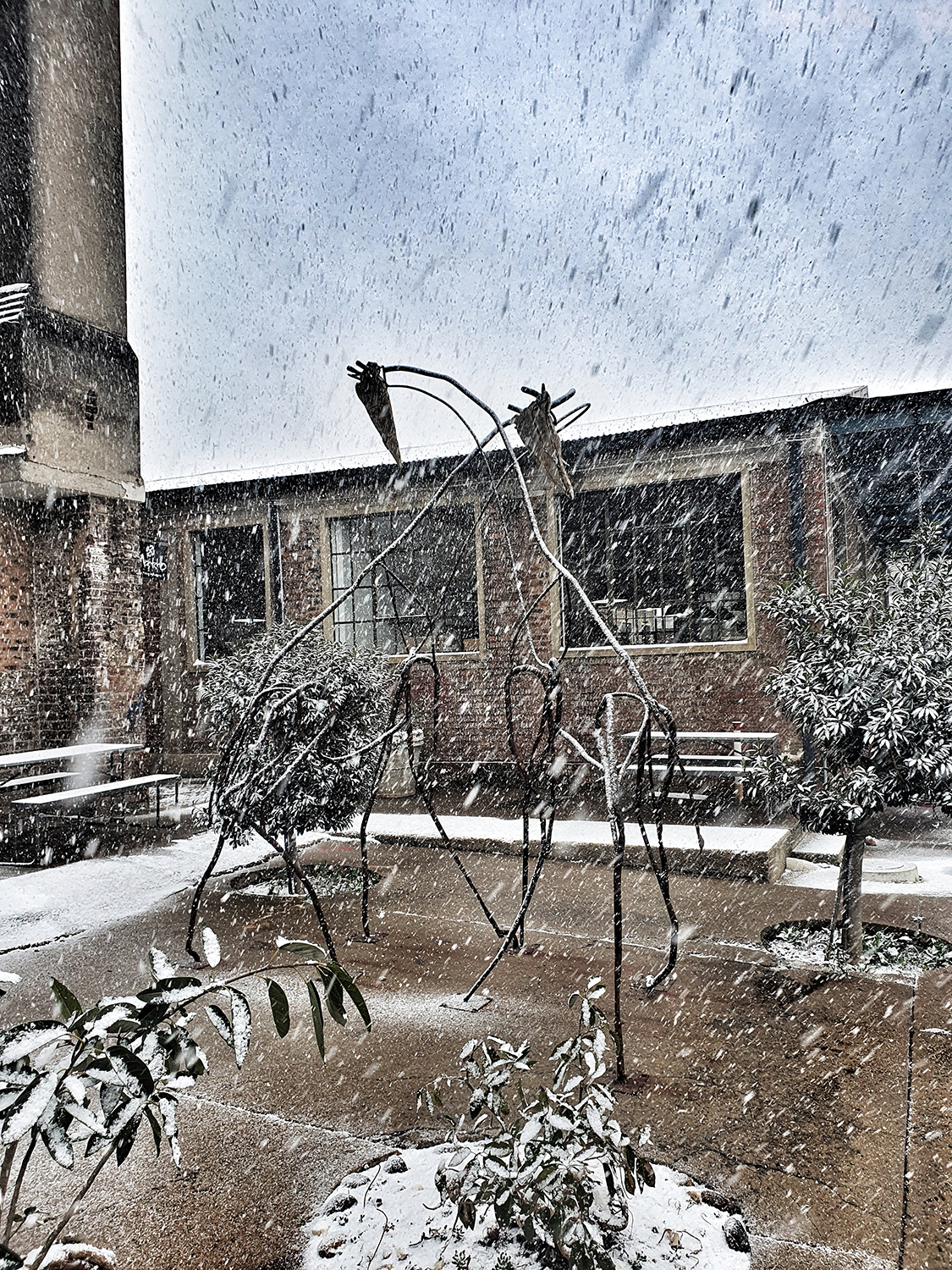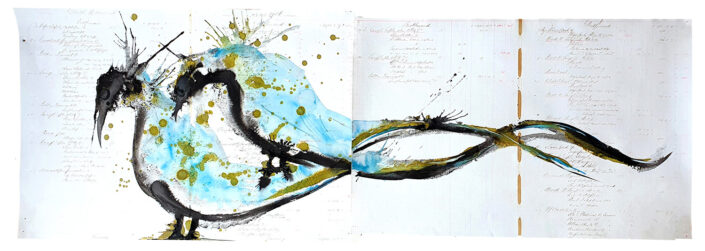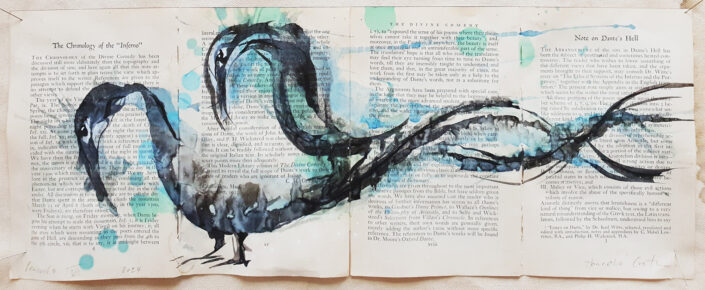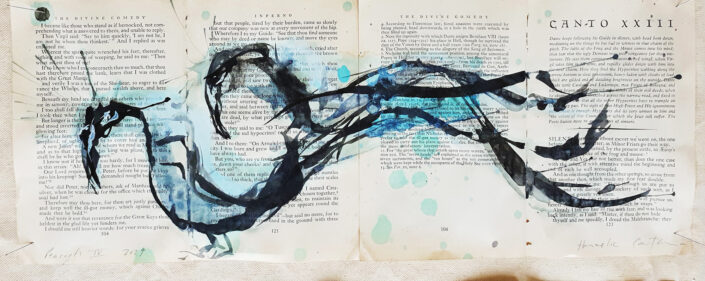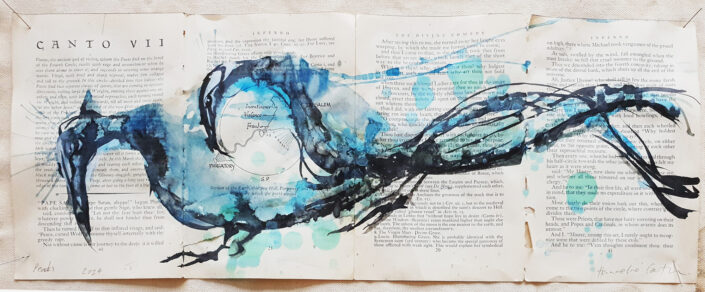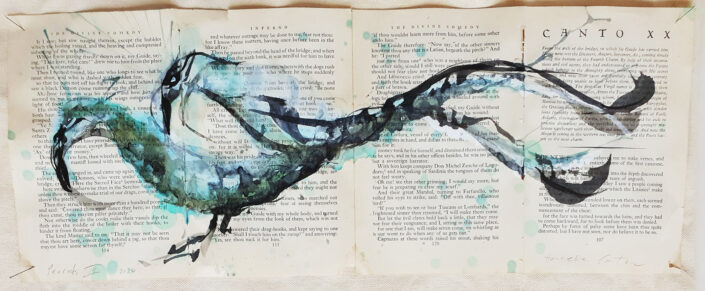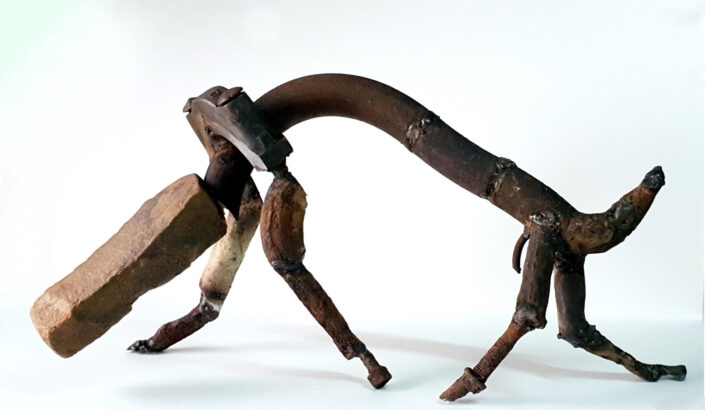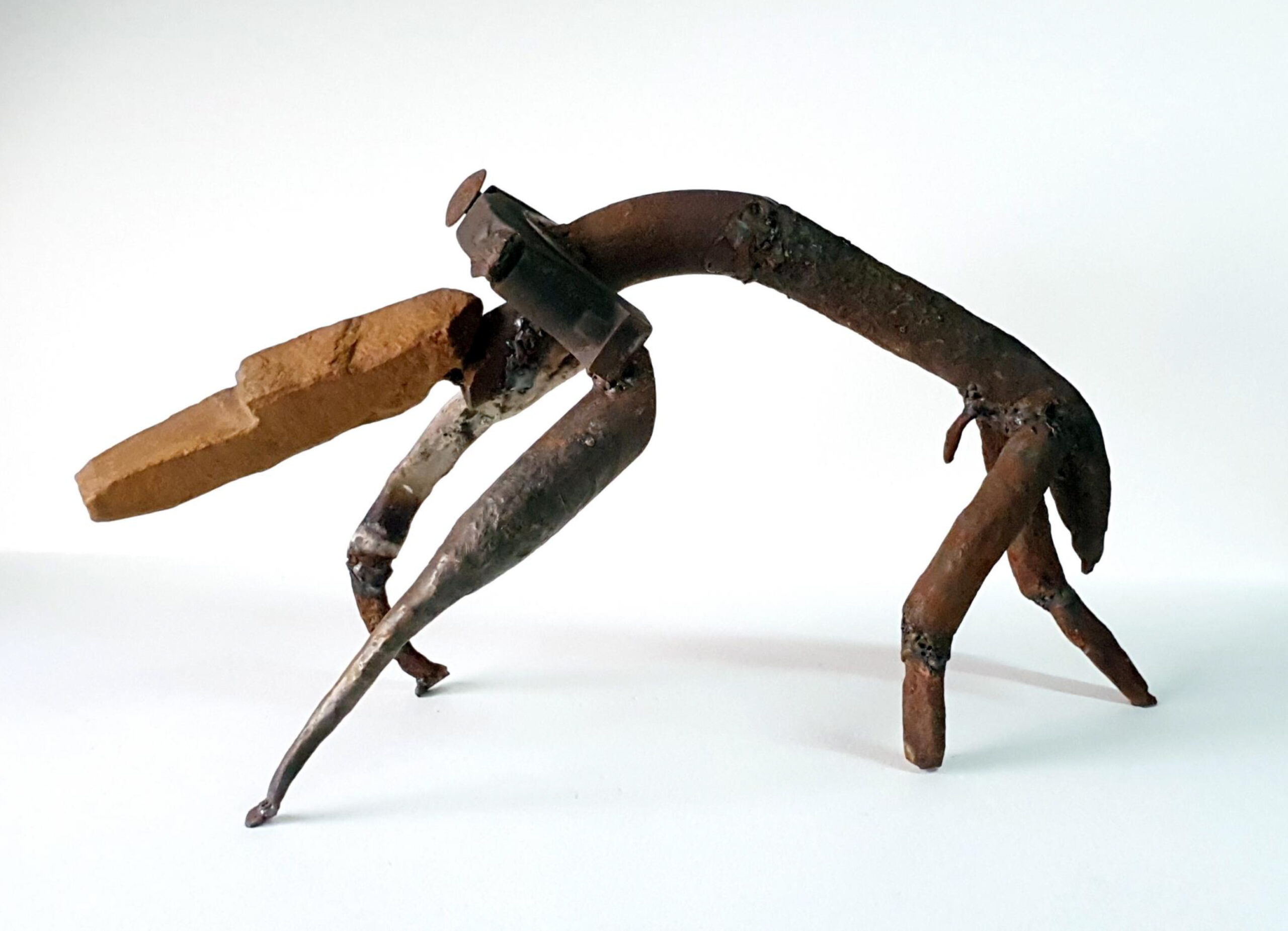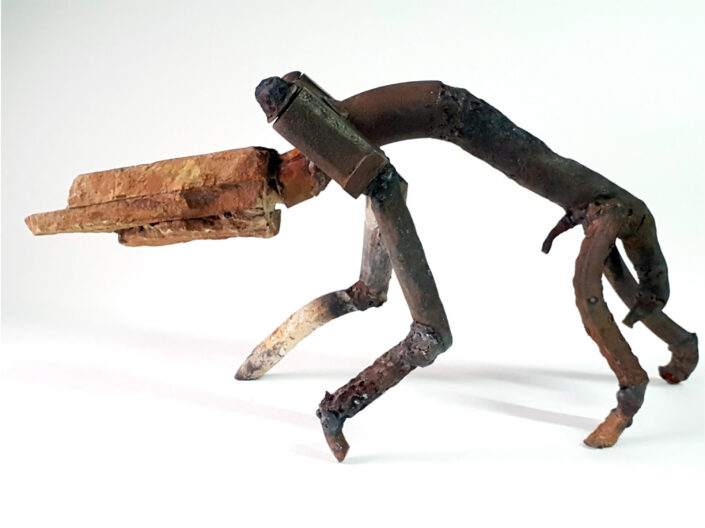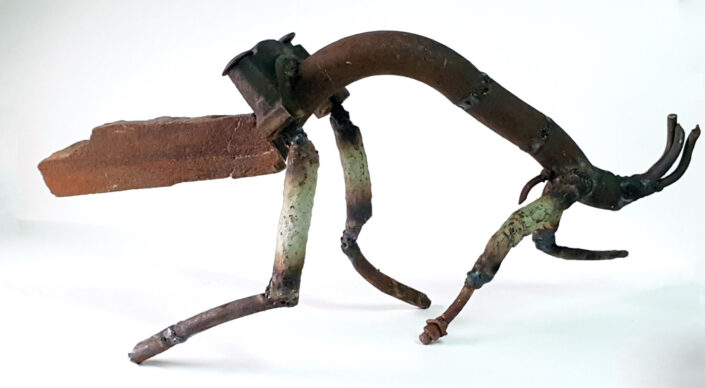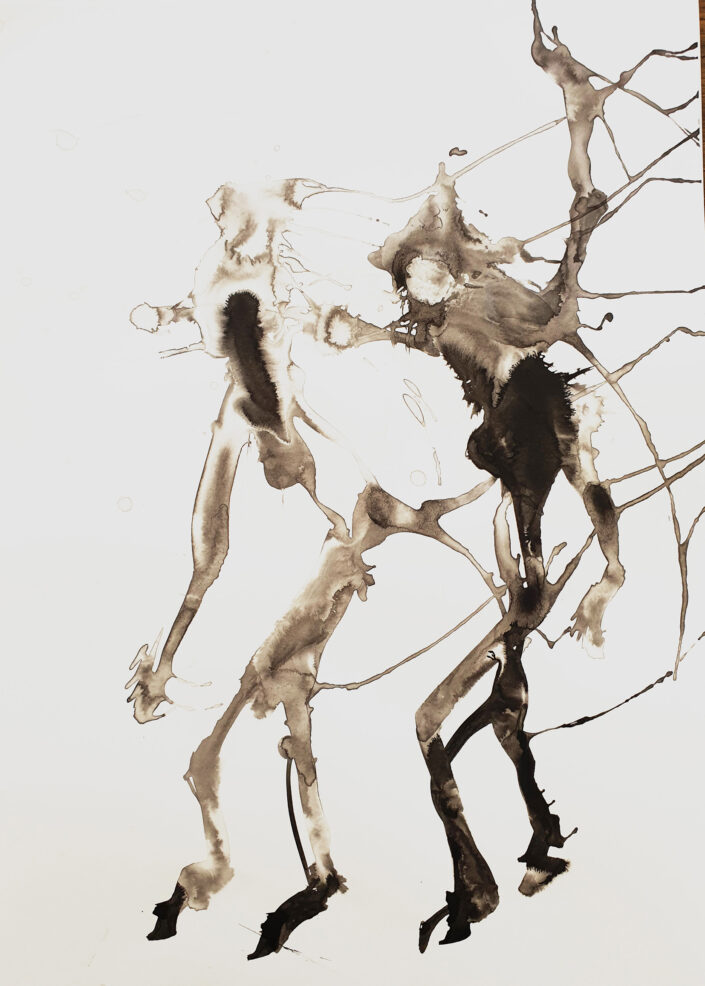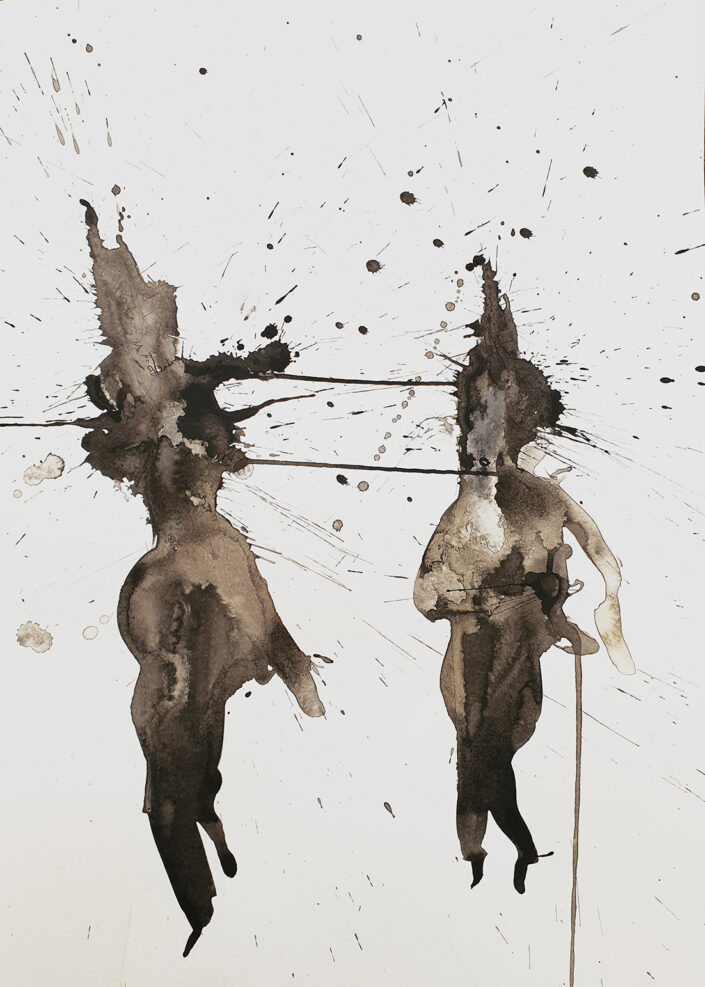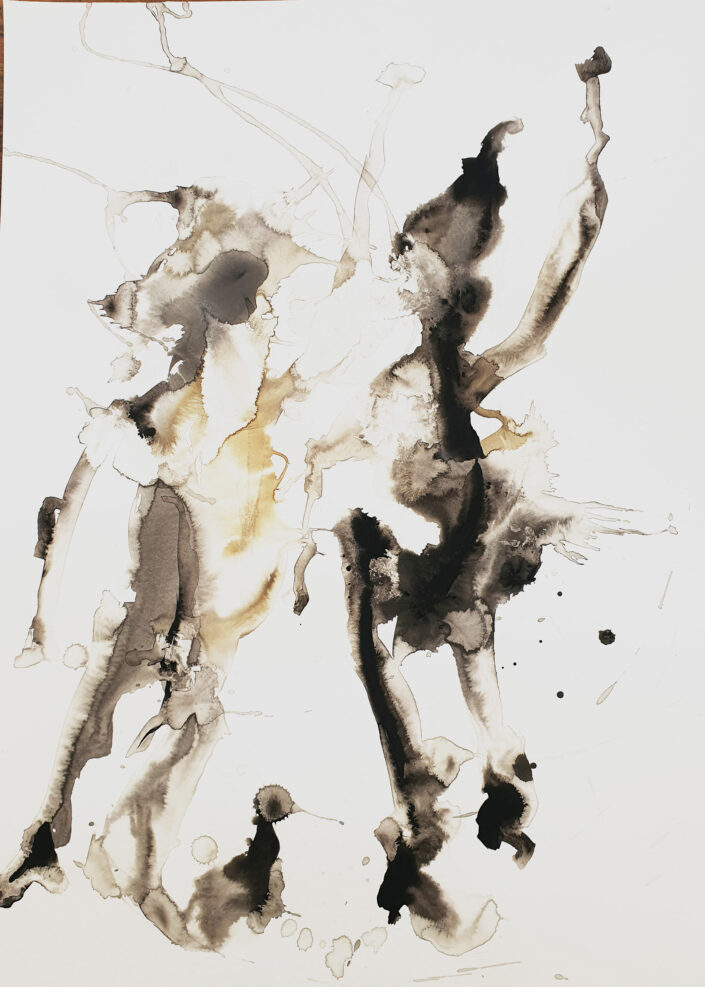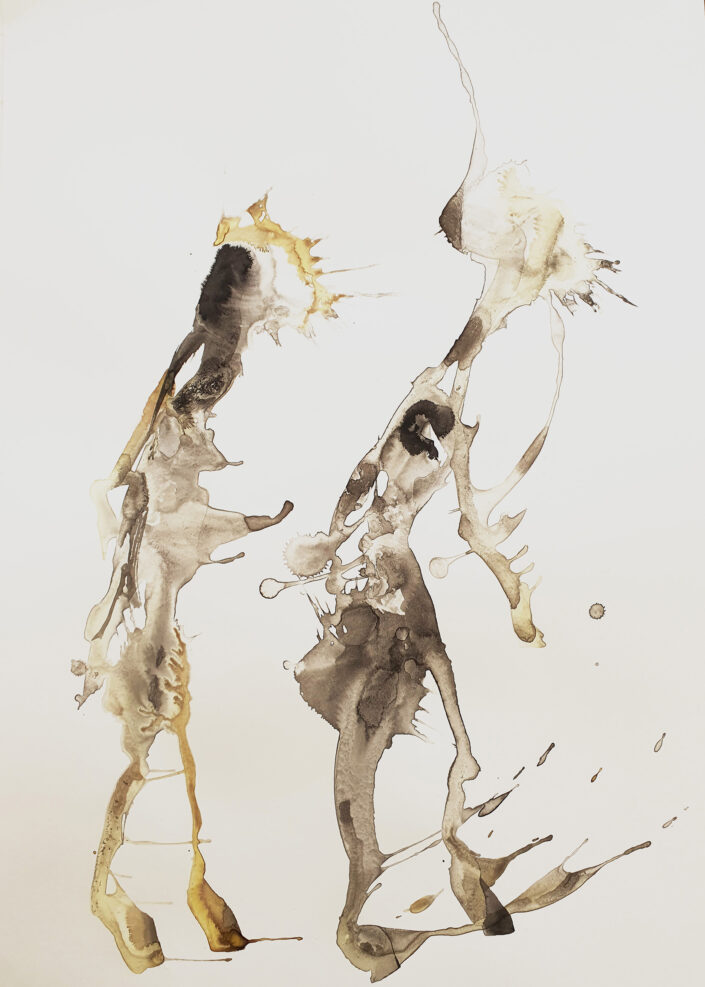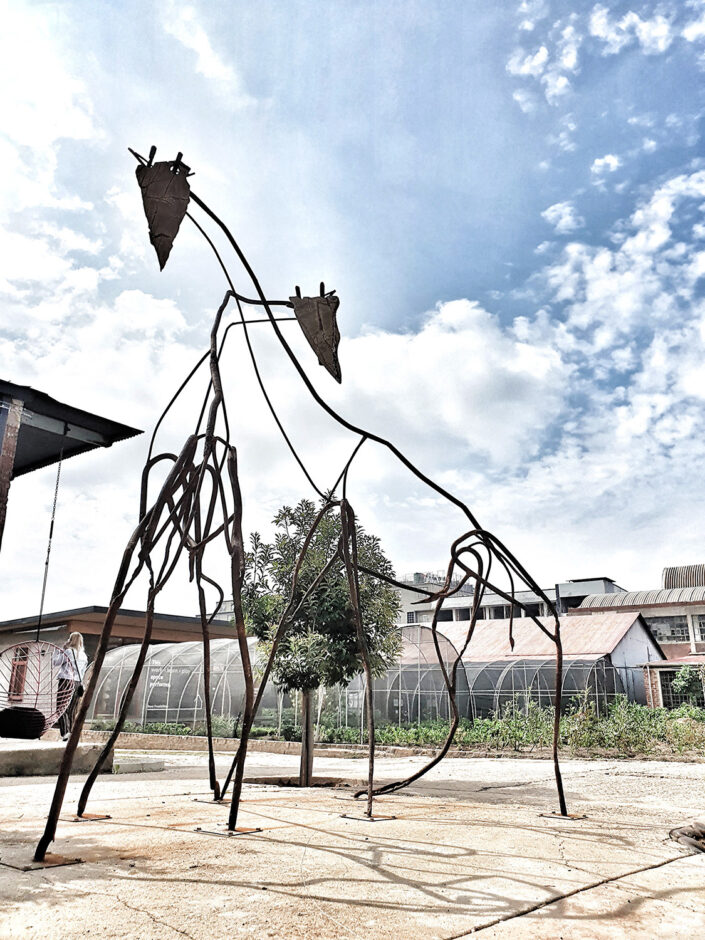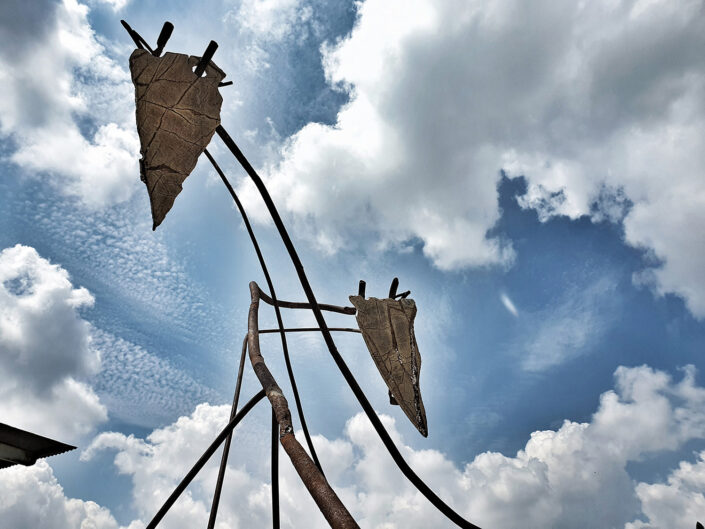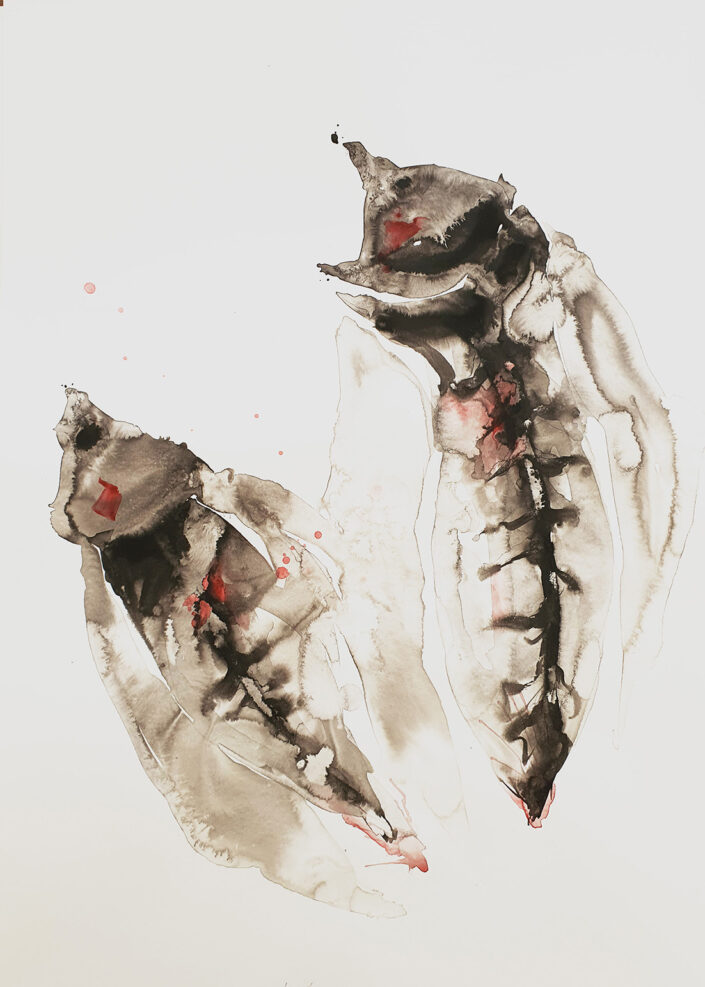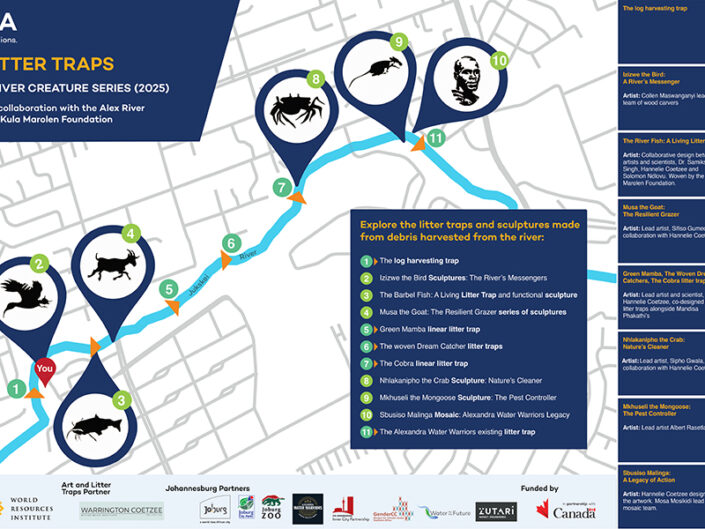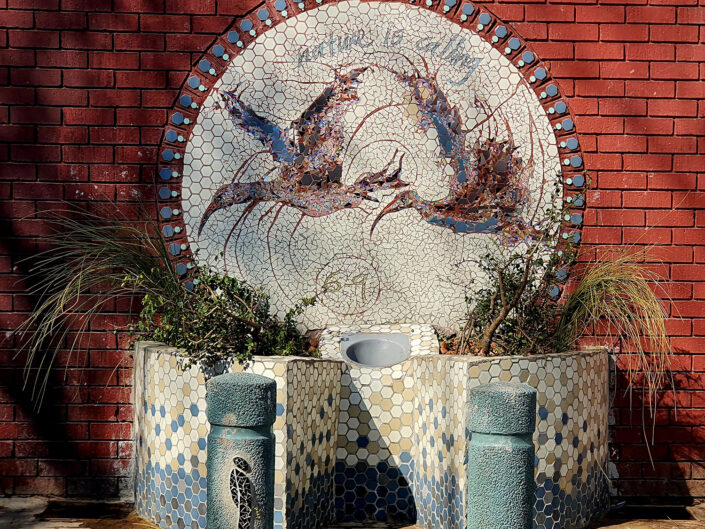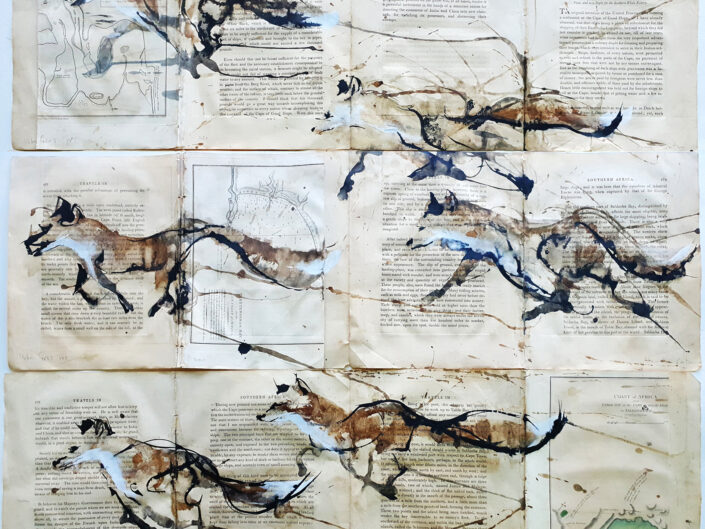2023 Eco Queer Creatures
For the first time I feel most welcome in the world, mulling over actual queer creatures in eco-queer theory. The study describes non-symbolic same-sex and other queer mammal and bird behaviour, with a few references to queer insects specifically seeking each other out. Found families, as I like to call non-human kin. Mutualistically, queer ecology reads the queerness of nature and the nature of queerness (Griffiths, 2015).
Queer ecologies disproves the ‘naturalness’ of human heterosexuality in a book which offers a non-anthropomorphism of 300 homosexual, bisexual and transgendered animals which have been scientifically described over the past two centuries (Bagemihl, 1999). I select creatures from this study, which focussed on mammals and birds of the same or both sexes.
I am building a body of work celebrating their mutual bowing, pair bonding, passionate embraces, dances, courting, mating, kisses in mid-air in nature, how they co-habit and live sustainably. I am making a selection of queer creatures for this body of work to share how observing them, scientifically, contributes to the normalisation of non-heteronormative sexualities from natures perspective. These studies have been marginalised historically with a male bias because of zoological prejudices towards homosexualities and masculinity in wildlife.


